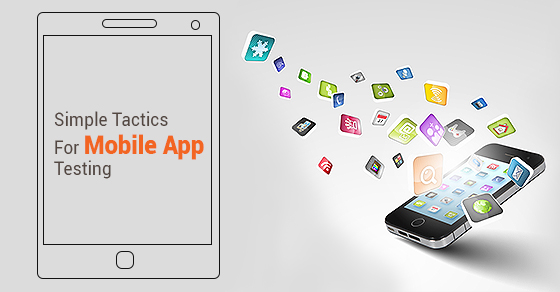The app industry is a competitive world. If your app won’t perform, another one will, and users will find it! What follows that? Low ratings that will keep other potential users away, translating to lost business.
To keep up with always-on customers, fierce competition and continuous update cycles, a constant approach to mobile application testing is not an option, but a requirement.
So, how do you choose the right device for testing?
You will need at most ten devices to test for iOS, less than 20 devices for Windows, and a thorough approach when selecting Android devices because thousands of them exist.
How do you go about testing?
- Analyse
- Forget the graphics, focus on functionality first
- Include basic usability checks
- Keep the real environment in mind
- Working with different time zones and GPS
- Different combinations of notifications and sound settings
- Unstable network conditions
- Low battery or lack of enough free space
- Other types of interruptions such as calls, sms, alarm, low battery and calendar and other application notifications
- Ad hoc and exploratory testing
Study the documentation and try understanding the application architecture and business idea properly. This will allow you to find the basic defects developers will need to fix first.
Perform the full test on the most popular device. You will notice what the documentation has not covered. Ask questions on functional solutions you consider controversial, and point out the most extreme defects of the app. Pay close attention to these issues when performing the compatibility test with less popular devices.
Yes, functionality is paramount, but basic usability bottlenecks can be ‘caught’ and easily submitted without even applying special checks and usability standards. For example, is there too much complexity in the application logic? Can someone easily understand the help sections? Are labels and tips well marked and easily visible from within the application’s background colour? If you can answer these and many other questions, you can be sure to come up with a more user-friendly app.
By checking all possible conditions the user and their device may experience while using the app, and gathering all real environment results, you will be guaranteeing users smooth usage in the event of conditions caused by:
Even if you’re convinced that all possible environments and functions have been covered completely, do not deem the results final till you can fully confirm that everything is downright fine. Give yourself some time and try to break the application first.
You can even have someone from another team taking a fresh look! It would not be a surprise if they uncovered some very simple and straightforward defects that you may have missed during the test.
Go forth and test to ensure that your app will be a success!


